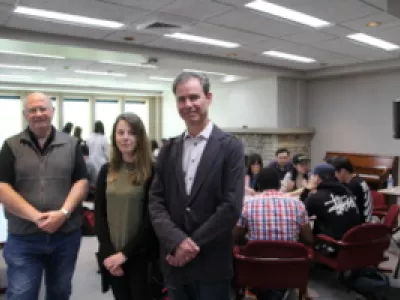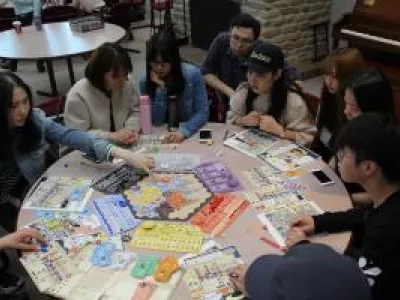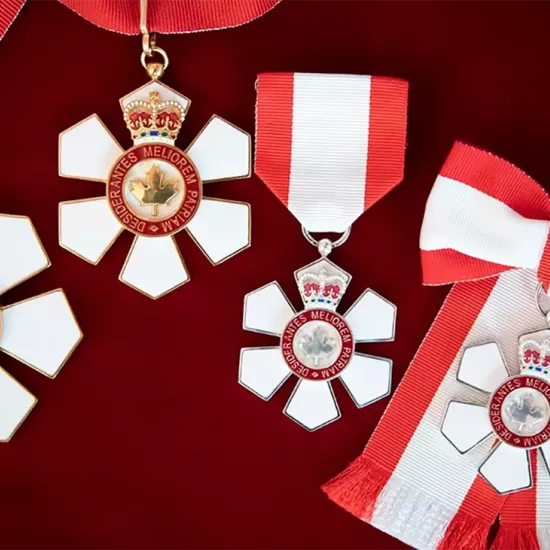Game On: How one UTM prof is using board games in the classroom

On a sunny spring morning, about a hundred students are clustered around tables in the Faculty Club at U of T Mississauga. They are talking quietly and punching numbers on calculators. There are quiet sighs as they weigh their options—diversify infrastructure? Buy more resources? Form a syndicate to shut out competitors?
The students are playing “Wealth of Nations”—a board game that challenges players to build industries and produce or acquire commodities with the goal of becoming a world economic superpower. It may look like pure fun, but the students are putting real economic theories to the test.

Associate professor of economics Lee Bailey has turned to board games to help students understand macroeconomics. It’s part of a semester-long trial to see how collaborative and team-based learning techniques can impact student understanding of course material.
“The usual approach in teaching economics is to boil everything down to mathematical equations,” Bailey says. “If someone is solving an algebraic problem, they will know they are wrong when they get an incorrect answer, but don’t have a chance to recover from it. These games provide a more realistic view of the business world. Students realize that when you run a business, there are other businesses to compete against. When a player makes an economic decision in a board game, they will earn or lose money.”
Bailey worked with staff at the Robert Gillespie Academic Skills Centre on the initiative. According to learning strategist and program manager Tom Klubi (who has about 3,000 board games in his personal library), board games can be a great way to teach abstract concepts. “We’re investigating whether the students will learn the course material better by playing the games,” he says. “These games give students concrete experience and a model to construct course information around.”
About a third of Bailey’s students were taught how to play the game, while the rest of the class received traditional classroom instruction. Then the two groups were brought together to play the games in teams of three, with one game expert and two economic experts bringing their respective skills to the games table.
“Wealth of Nations uses global economic principles of supply and demand,” Klubi says. “There are many different ways to win. Some of the students are not used to playing games, so it’s interesting to see them negotiating about what decisions to make. You can see them using entirely different strategies to build an economy.” In addition to “Wealth of Nations”, the students also played “Power Grid,” creating and managing continuous virtual energy supply chains between cities on the board.
Teaching assistant Gail Hu helped to facilitate the exercise. “The board games give the students a way to visualize economic theories,” says Hu. “Students may have a tough time visualizing facts and numbers, but the game demonstrates those concepts for them—supply and demand, market scarcity, monopolies and trades. When one group has a monopoly and they’re not willing to trade with anyone else, prices go up and people have a hard time gathering resources. Students can read that in the book, but they can take their game experiences and understand it that much better.”

Educational developer Dianne Ashbourne, who assisted with the logistics of the exercise, says she is interested in the correlation between active learning and student success. “I’m seeing lots of strategy discussions, calculations and lots of working together to determine the best price to buy a commodity or make a trade,” she says. “The players are talking about economic concepts and using their knowledge to forecast and make strategic decisions. They’re taking it very seriously. I was expecting them to make those connections to economics after they had a chance to reflect on the experience.”
Students will write reflections and complete surveys to measure perceptions of relevance, engagement and to gauge how the experience may have enhanced their understanding of economic theories. Some of their exam questions will be directly related to game play.
“It’s collaborative and experiential, but it can’t be just fun without learning,” Bailey adds. “My job in the classroom is to make sure the students are learning from this.”



